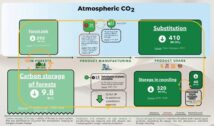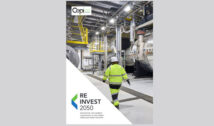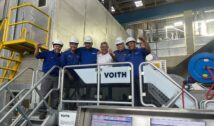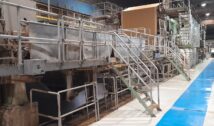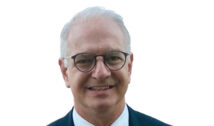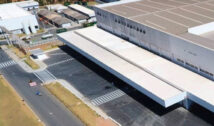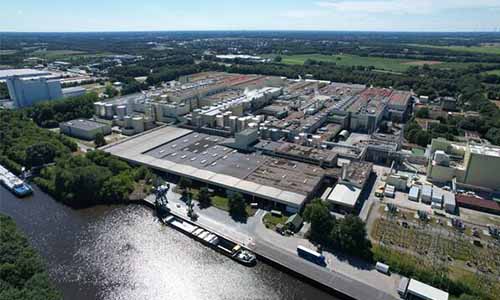
UPM has officially opened a new combined heat and power (CHP) plant in Germany, bringing the company closer to meeting its ambitious target to decrease its CO2 emissions by 65% by 2030.
UPM is committed to meeting the targets of the 2015 Paris Agreement well in advance, through practicing climate-positive forestry, innovating novel products and taking actions such as investing in renewable and efficient energy solutions to power its own sites, while taking part in the transformation of energy systems in Europe.
The EUR 100 million investment at its Nordland Papier mill is a major step in that journey – it will reduce CO2 emissions by 300,000 tonnes per year, power the facility and feed surplus power back into the electricity grid, contributing to Germany’s energy security.
“In the current energy crisis, coupled with the increasing need for carbon reductions, it is vital that we invest and innovate to become more efficient,” said Winfried Schaur, Executive Vice President, Technology and UPM Biorefining. “The power plant will increase the sustainability of our paper production while contributing flexible support to the German energy system.”
The facility in Dörpen, Lower Saxony, is the largest fine and specialty paper manufacturing site in Europe. The highly efficient 84MW gas fired CHP plant has been designed in readiness for hydrogen power, which is expected to play an important role in Germany’s long-term green energy transition. CHP solutions are a promising way for industry to provide energy system flexibility. UPM Nordland Papier can now adjust supply and demand to achieve a balance that benefits production at the mill, while at the same time stabilising grid volatility and providing additional capacity to the public electricity grid.
“Significant investments by industry are crucial for the sustainable transformation of our economy. In the long term, the new CHP power plant at UPM Nordland Papier will contribute to increased climate protection and secure highly qualified industrial jobs in Lower Saxony,” said Olaf Lies, Lower Saxony’s Minister for the Environment, Energy and Construction.




